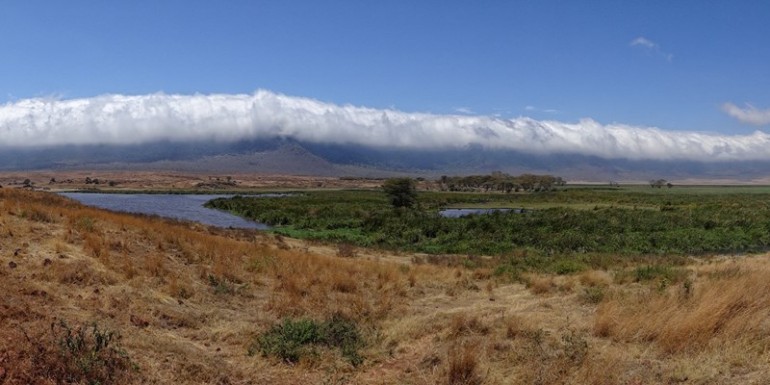Sponsored Listings:
Hominin footprints, dating from 3.7 million years ago, have been discovered in the Ngorongoro Conservation Area Authority.
Plans by Tanzania to establish a museum at Laetoli has been boosted by a second important discovery of human evolution.
Hominin footprints, dating from 3.7 million years ago, have been discovered in the Ngorongoro Conservation Area Authority, in the north of Tanzania.
Tanzanian Minister for Natural Resources and Tourism, Professor Jumanne Maghembe, made the announcement at Laetoli last week, and said the new discovery placed Tanzania at the forefront in human origin research, particularly in understanding the origin of upright posture and bipedal gait.
The footprints were impressed on a fine-grained volcanic ash and constitute some of the world’s strongest evidence regarding the origin of human ability to walk upright.
Following the new discovery, Maghembe called on heritage stakeholders in Tanzania and across the world to support the establishment of a museum at Laetoli.
“It is through the setting up of a museum at Laetoli that we will attract researchers from around the world to come to Tanzania and connect with local researchers and advance a global understanding of the human evolution history that Africa is part of,” he said.
Maghembe applauded the good work that was done by scientists, consultants and experts led by Tanzanian researchers, making Laetoli the site of a second major discovery of Hominin footprints in Tanzania about 60 metres from the first discovery by Dr Mary Leakey in 1978.
The discovery came as a result of the cultural heritage impact assessment work that was conducted by consultants from South Africa and Tanzania.
Source: tourismupdate.co.za










